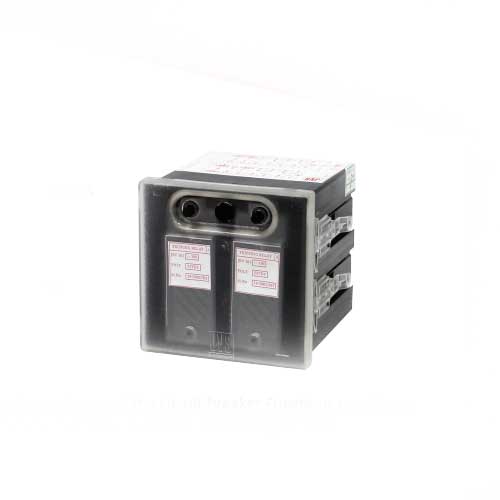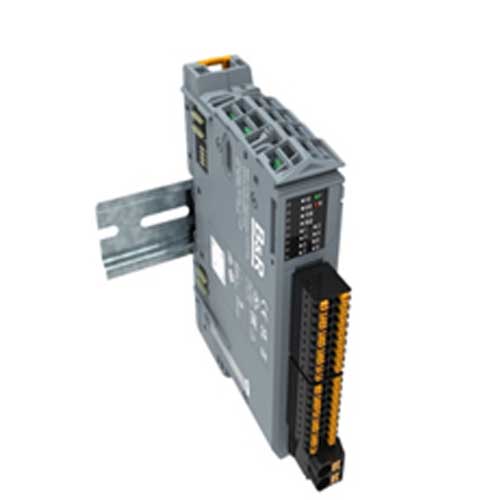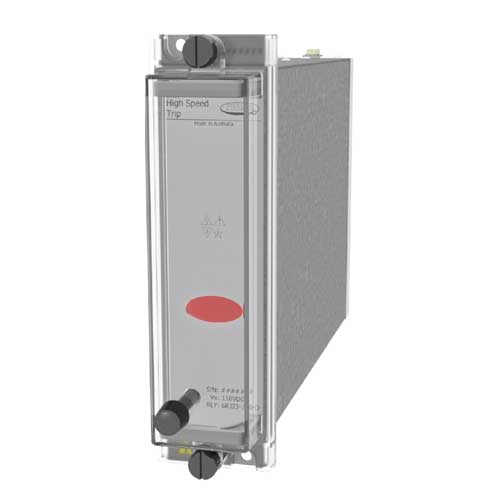Schedule a Call Back
Corrosion protection for equipment in transit
 Technical Articles
Technical Articles- Oct 12,15
In a globalised world, industrial equipment and components are transported from one end to another, often by sea, which provides a very conducive atmosphere that adds to the corrosion menace. Hence proper packaging with due anti corrosive treatment is of utmost importance.
There are various types of corrosion control methods such as: Active corrosion protection; Passive corrosion protection; Permanent corrosion protection; and Temporary corrosion protection.
Active corrosion protection: The aim of active corrosion protection is to influence the reactions which proceed during corrosion, it being possible to control not only the package contents and the corrosive agent but also the reaction itself in such a manner that corrosion is avoided. Examples of such an approach are the development of corrosion-resistant alloys and the addition of inhibitors to the aggressive medium.
Passive corrosion protection: In passive corrosion protection, damage is prevented by mechanically isolating the package contents from the aggressive corrosive agents, for example by using protective layers, films or other coatings. However, this type of corrosion protection changes neither the general ability of the package contents to corrode, nor the aggressiveness of the corrosive agent and this is why this approach is known as passive corrosion protection. If the protective layer, film, etc., is destroyed at any point, corrosion may occur within a very short time.
Permanent corrosion protection: The purpose of permanent corrosion protection methods is mainly to provide protection at the place of use. The stresses presented by climatic, biotic and chemical factors are relatively slight in this situation. Machines are located, for example, in factory sheds and are thus protected from extreme variations in temperature, which are frequently the cause of condensation. Examples of passive corrosion protection methods are: Tin plating; Galvanisation; Coating; Enameling; and Copper plating.
Temporary corrosion protection: The stresses occurring during transport, handling and storage are much greater than those occurring at the place of use. Such stresses may be manifested, for example, as extreme variations in temperature, which result in a risk of condensation. Especially in maritime transport, the elevated salt content of the water and air in so-called seasalt aerosols may cause damage, as salts have a strongly corrosion-promoting action. The following are the main temporary corrosion protection methods: Protective coating method; Desiccant method; and VCI method.
Source: Transport Information Service (TIS) from the German Insurance Association (GDV e.V.)
Related Stories

Mahindra’s Thar ROXX, XUV 3XO, and XUV400 earn 5-Star Bharat-NCAP rating
Thar ROXX has made history by becoming the first body-on-frame SUV to secure a 5-star Bharat-NCAP rating, achieving the highest overall score by any ICE vehicle in Bharat-NCAP testing.
Read more
Epigral Limited to expand CPVC and Epichlorohydrin facilities
With this expansion, Epigral's total CPVC resin capacity will be elevated as the largest resin facility in the world and Epichlorohydrin will be the largest facility in India.
Read more
Mushin Labs raises $250K in seed series round led by Inflection Point Ventures
Mushin Innovation Labs, a pioneering SaaS startup, is transforming the automotive manufacturing industry with its advanced digital solutions.
Read moreRelated Products

High Speed Tripping Relay Two Element Relay - Jrv 181x2
JVS Electronics Pvt Ltd offers a wide range of high speed Read more

Plenty of Motion Possibilities in a Compact Housing
B&R Industrial Automation offers a wide range of plen Read more

High Speeed Tripping Relay Three Element Relay
JVS Electronics Pvt Ltd offers a wide range of high speed tripping relay three element relay - JRV 181x3.









